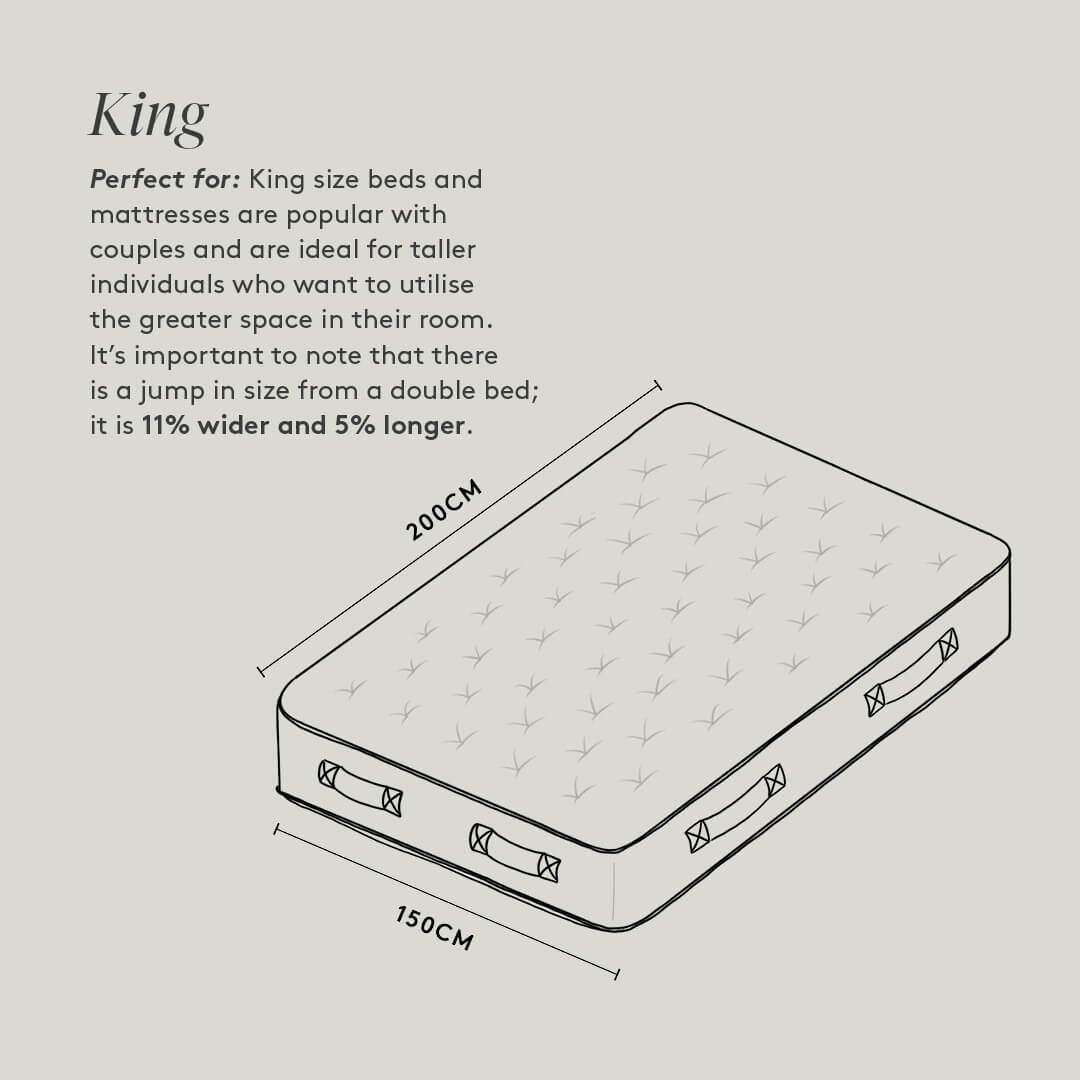This website uses cookies to ensure you get the best experience on our website. Learn more.
In the realm of bedding, where comfort meets personal preference, the top sheet stands as a seemingly simple yet divisive element. As a fundamental component of the traditional bed ensemble, the top sheet, also known as a flat sheet, plays a crucial role in the layering of bedding. Positioned between the sleeper and the primary covering – whether it be a duvet, comforter, or blanket – the top sheet serves both functional and aesthetic purposes.
Traditionally, the top sheet has been embraced as an essential layer, offering a protective barrier, providing added warmth, and contributing to the overall design aesthetics of a well-made bed. However, in recent times, a spirited debate has emerged, challenging the conventional wisdom surrounding the use of top sheets. This debate has ignited discussions on various fronts, ranging from personal comfort preferences to considerations of hygiene and the practicality of bed-making routines.
As we delve into the discourse surrounding the top sheet, it becomes evident that this seemingly innocuous piece of bedding has become a focal point of contention, with individuals and bedding experts alike expressing diverse opinions. From its historical significance to its relevance in modern bedding practices, the debate on whether to embrace or eschew the top sheet reflects the ever-evolving landscape of sleep culture and personal choices. Let’s navigate through this nuanced discussion to understand the multifaceted perspectives that shape the use of top sheets in today’s bedrooms.
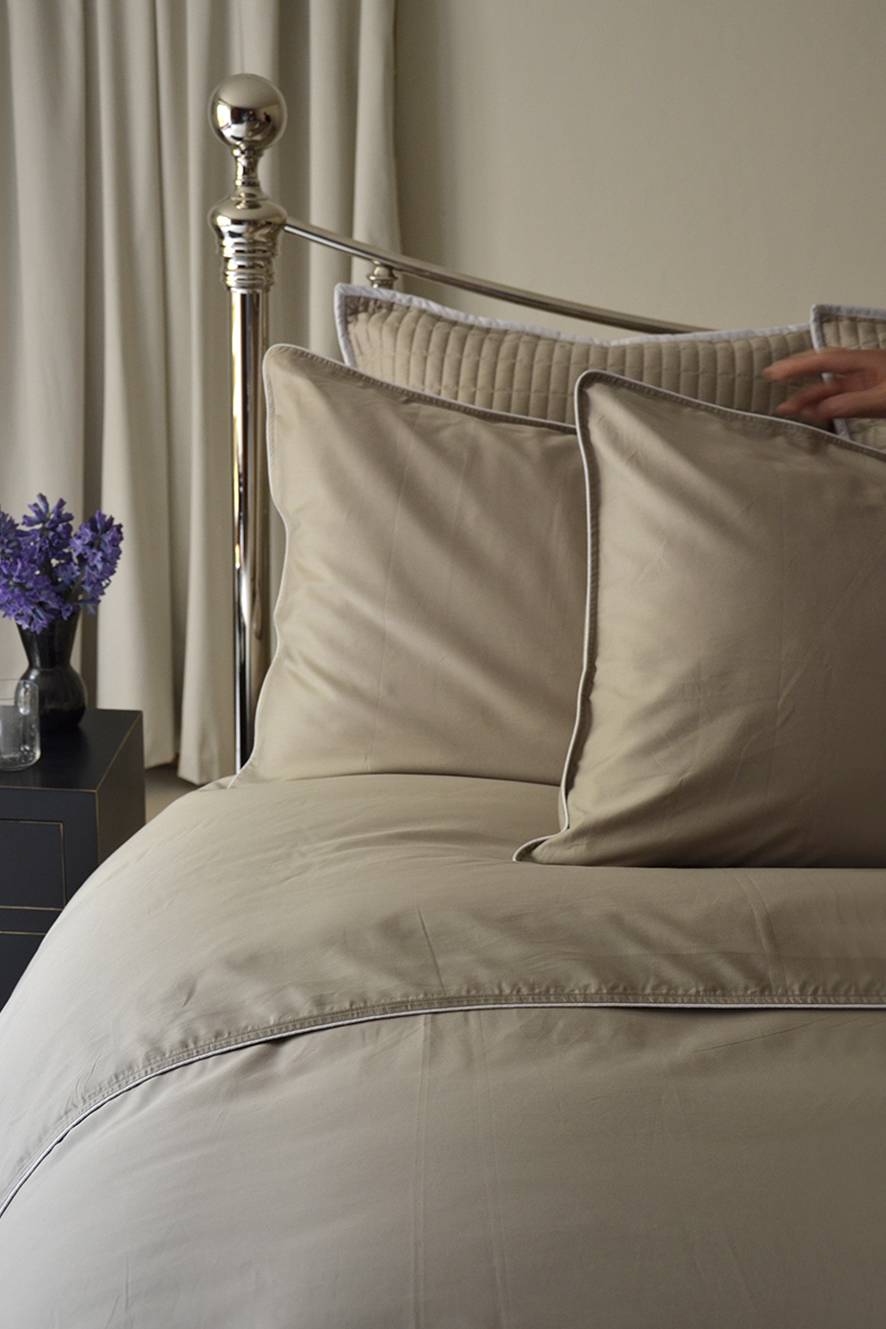
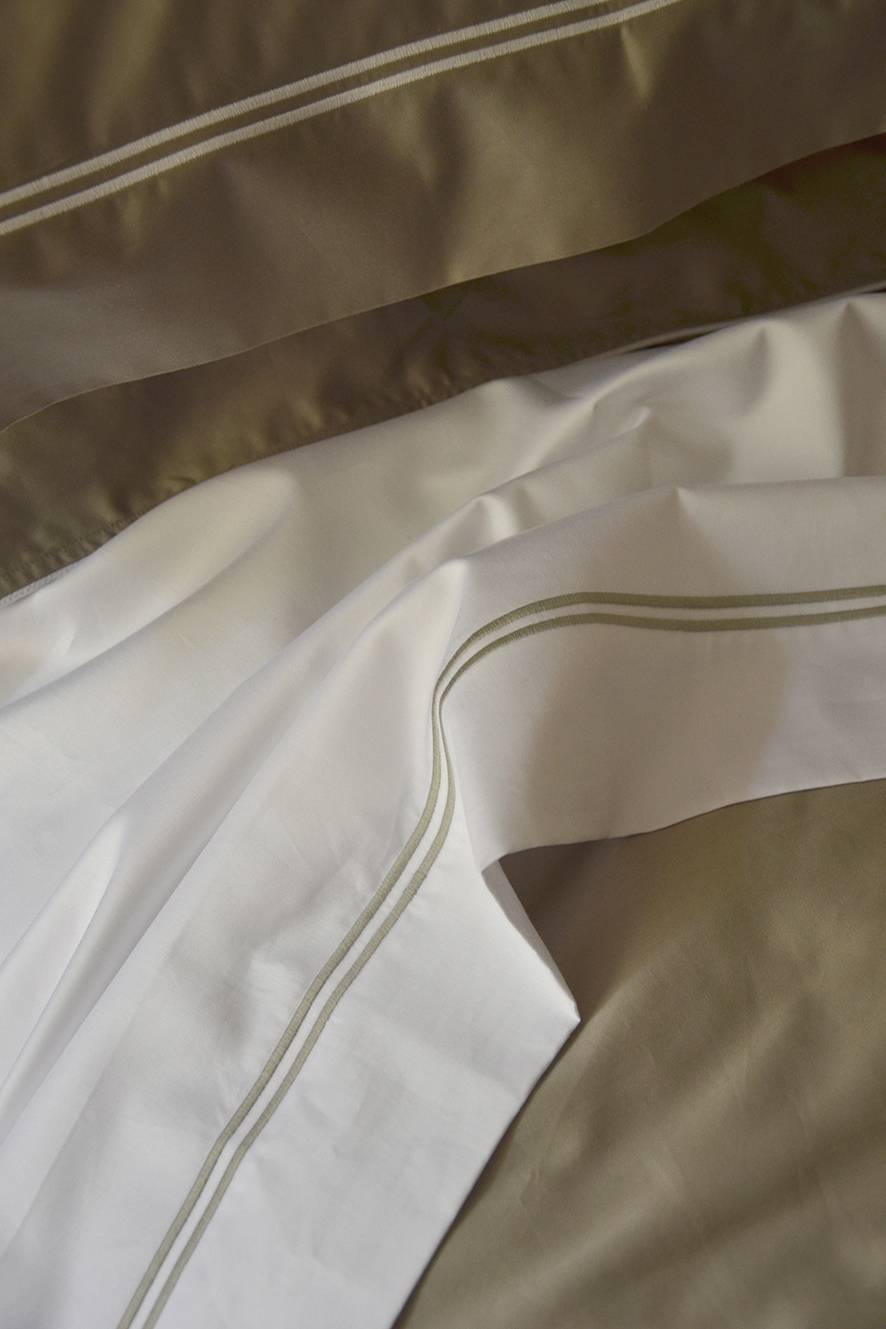
Table of Contents
- Statistics on Top Sheet Usage
- Arguments For Top Sheets
- Arguments Against Top Sheets
- Editorial and Expert Insights
- Reed Family Linens Top Sheets
- Pros and Cons of Top Sheets
- Emphasising Personalisation
- Closing Statement
- Top 10 FAQ’s Surrounding Top Sheets
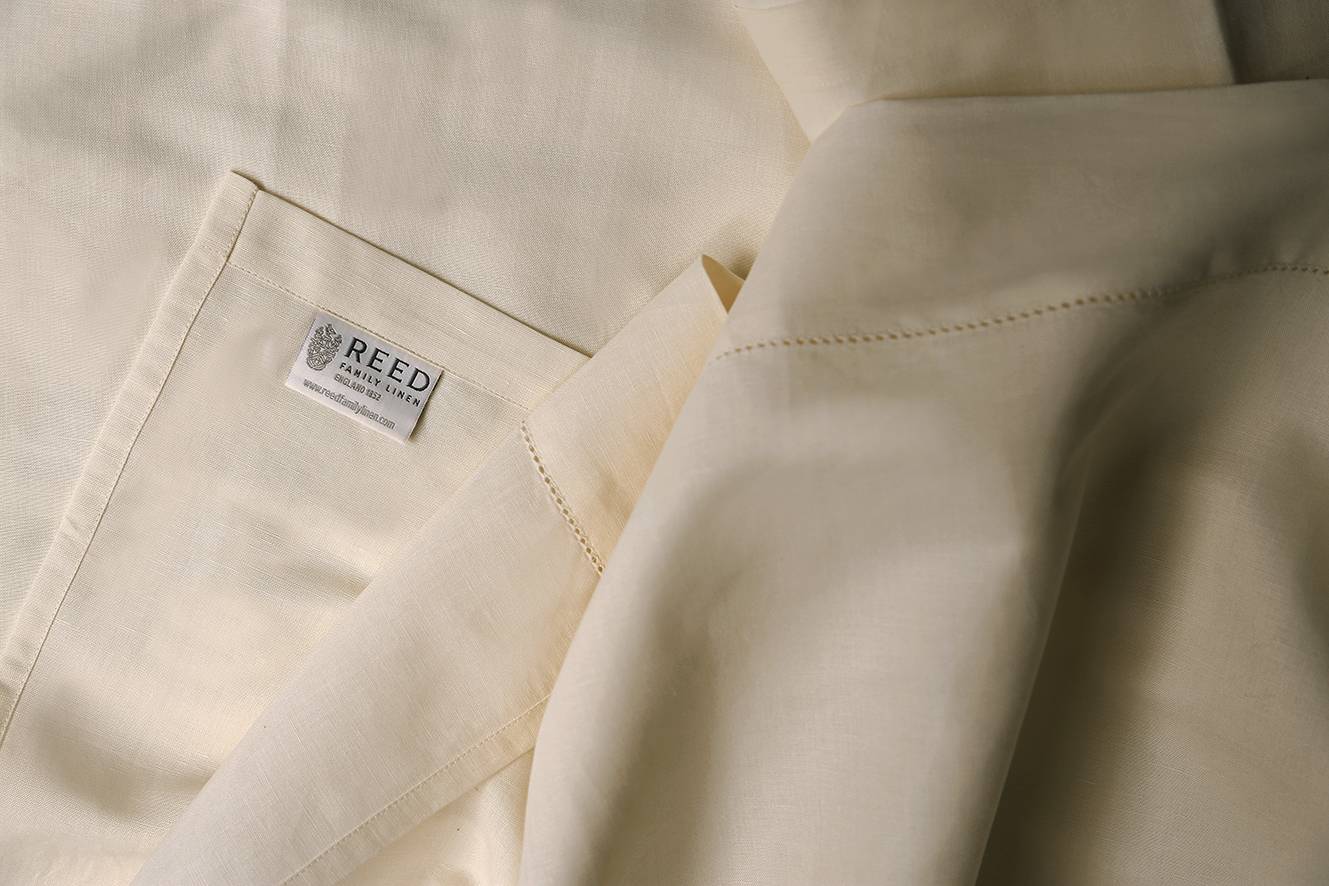
Statistics on Top Sheet Usage
As the debate over whether to use a top sheet continues to divide sleep enthusiasts, delving into usage statistics and opinions offers a comprehensive view of prevailing preferences and arguments. The top sheet, also known as a flat sheet, plays a crucial role in bedding by acting as a protective layer between the sleeper and their duvet or comforter. This section explores key statistics, focusing on top sheet usage in the United Kingdom, and sheds light on the diverse opinions surrounding its benefits and drawbacks. From considerations of hygiene and comfort to the practical aspects of bed-making, the discourse surrounding top sheets reveals a nuanced landscape of personal choices and industry trends. Let’s uncover the numbers and delve into the varying perspectives that shape the ongoing conversation about the relevance of this bedding essential.
Understanding the prevalence of top sheet usage provides valuable insights into the diverse preferences of individuals when it comes to bedding choices. According to a survey conducted by Sleep Junkie, a prominent source for sleep-related research, approximately 61% of people opt to include a top sheet in their bedding ensemble. This statistic reveals a significant portion of the population that embraces the traditional layering approach in their sleep environment.
However, the survey also sheds light on the contrasting perspective, indicating that 39% of people choose to forgo the top sheet altogether. This sizable minority challenges the conventional wisdom surrounding the necessity of this additional bedding layer, setting the stage for a nuanced exploration of the reasons behind divergent preferences.


Arguments For Top Sheets
1. Hygiene:
Proponents of top sheets argue that they play a pivotal role in maintaining hygiene within the sleep space. Bedding accumulates various particles, including skin cells and bacteria, which can impact the cleanliness of the sleeping environment. Advocates for top sheets contend that the extra layer serves as a protective barrier, reducing the frequency with which bulkier bedding components, such as comforters and duvet covers, need to be washed.
2. Comfort:
The comfort factor is a significant driver for those in favour of top sheets. Some individuals find the additional layer contributes to a cosier and more comfortable sleep experience. The top sheet can act as a versatile element, providing warmth during colder seasons while allowing for a lighter covering option in warmer weather, offering flexibility tailored to personal comfort preferences.
Arguments Against Top Sheets
1. Inconvenience:
Detractors of top sheets often highlight the perceived inconvenience associated with their use. Making the bed becomes a more intricate task with an additional layer, and restless sleepers may find themselves entangled in the sheets during the night. This perspective emphasises the desire for a simpler and more streamlined bed-making routine.
2. Washing Considerations:
Critics argue that washing a top sheet is an added task that may not necessarily contribute to improved cleanliness. They posit that modern washing practices, which involve regular laundering of all bedding components, make the top sheet redundant. Washing a duvet cover, they argue, can be just as efficient as washing a separate top sheet.
As we explore the varied opinions and statistical insights surrounding top sheet usage, it becomes evident that the decision to embrace or reject this bedding component is deeply intertwined with individual preferences, lifestyle choices, and broader debates on sleep hygiene and convenience.
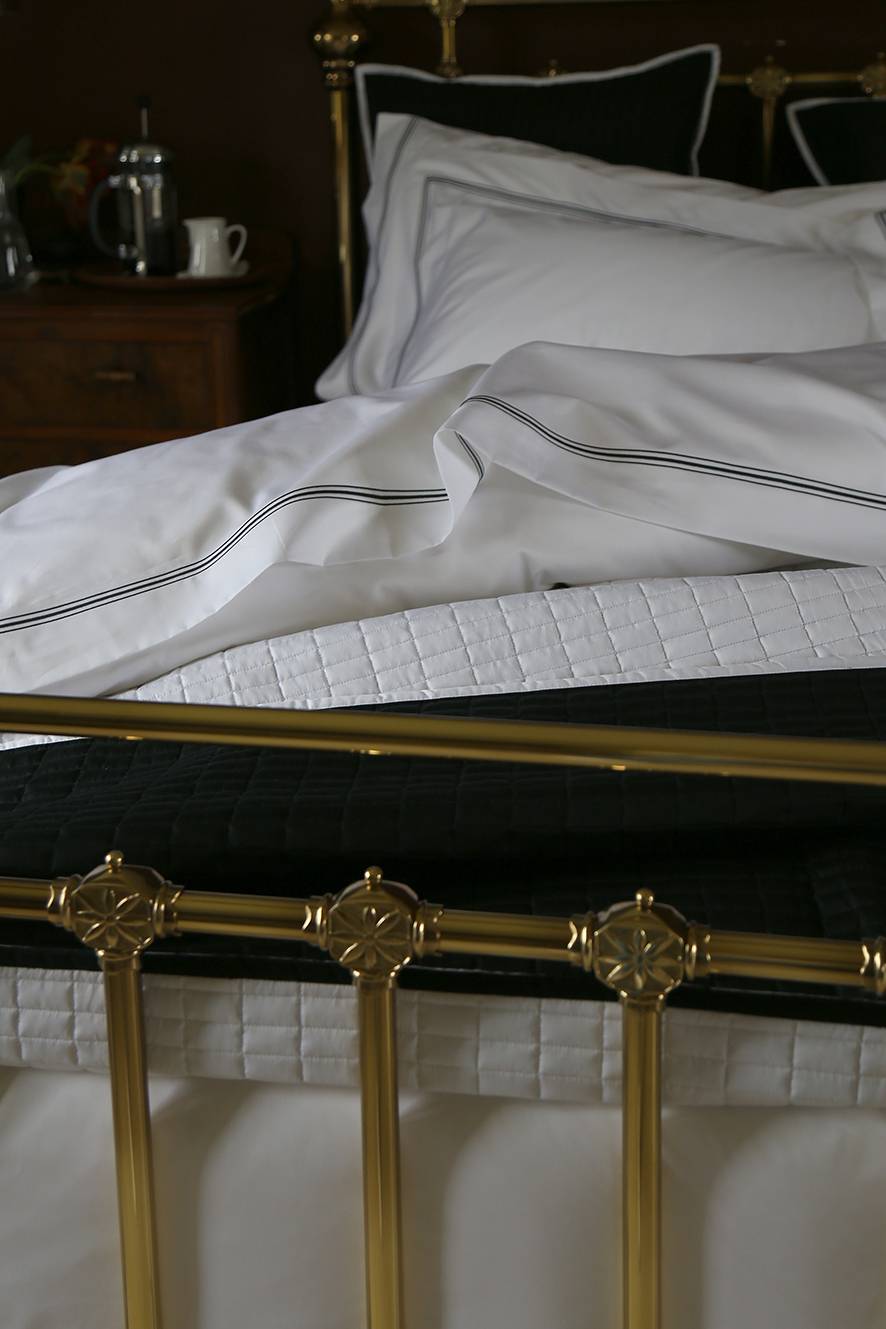
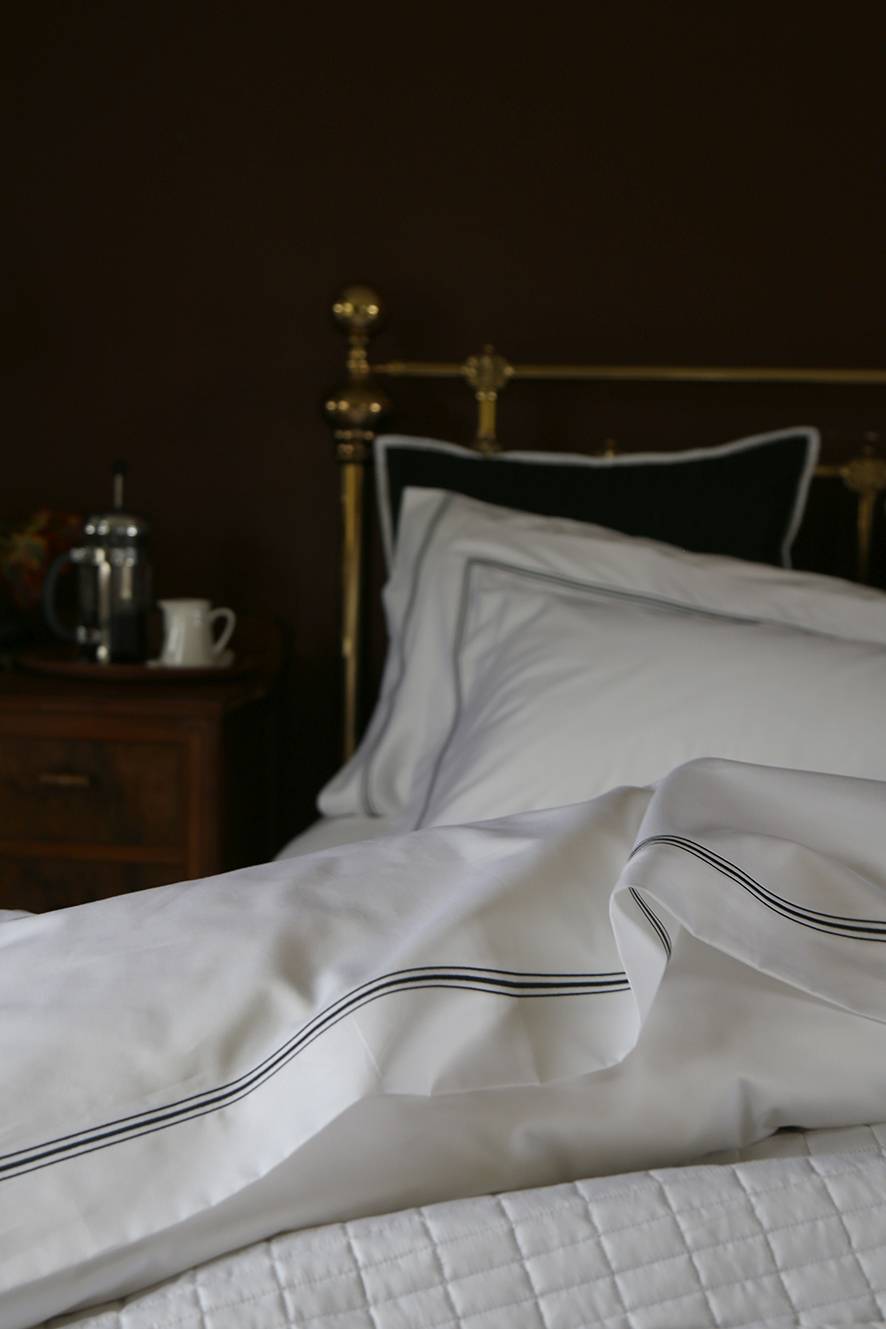
Editorial and Expert Insights
In this section, we explore a spectrum of opinions on top sheets, drawing from both editorial voices and insights provided by seasoned interior design experts. Editors, reflecting personal preferences and occasional compromises, contribute to the ongoing dialogue surrounding this seemingly simple bedding element.
Some editors express strong sentiments, considering the top sheet as quintessentially Southern, emphasising its role in creating a comfortable sleep environment. A sentiment echoes the nostalgia of hot summer nights, a whirling ceiling fan, and the cool embrace of a cotton top sheet—a combination that resonates with the essence of summer living.
Compromises also come to light in these personal narratives, revealing instances where individuals, whether due to laziness or convenience, have temporarily forsaken the top sheet. These anecdotes reflect the fluidity of preferences and the occasional departure from traditional bedding norms.
Moving beyond individual perspectives, we tap into the expertise of interior design professionals who offer nuanced insights into the subjective nature of sleep comfort.

Anna Brakefield, founder of Red Land Cotton, acknowledges the heated nature of the debate, emphasising the diversity of preferences when it comes to bedding layers. Brakefield notes the responsiveness of her company, now offering customisable sets to cater to varied preferences, demonstrating a commitment to meeting the evolving demands of consumers.

Niki McNeill Brown, an interior designer at McNeill Brown Interiors, highlights the top sheet’s role in protecting more substantial bedding elements from wear and tear, framing it as a practical necessity. This expert opinion aligns with the broader theme of considering the functional aspects of the top sheet beyond personal preferences.

Tracy Woodard, co-founder of Covered in Cotton, introduces a seasonal perspective, noting the top sheet’s function as a lighter cover during warmer nights. Her insight adds a layer of practicality to the debate, considering the top sheet as a versatile component that adapts to changing comfort needs.

Katherine B. Melvin, an interior designer and founder of Katherine B. Belvin Design, contributes a design-focused viewpoint. She appreciates the aesthetic appeal of a well-folded top sheet, likening it to the final touch that completes the bedtime experience. Melvin’s perspective emphasises the role of the top sheet in elevating the visual and tactile aspects of the sleep environment.
Collectively, these editorial and expert insights provide a rich tapestry of perspectives on top sheets, acknowledging the intricate interplay between personal preferences, functional considerations, and design aesthetics in the ever-evolving world of bedding choices.
Reed Family Linens Perspective
In the dynamic world of bedding preferences, Reed Family Linen stands at the forefront, recognising the ever-evolving discourse on the use of top sheets. Acknowledging the crucial role of a top sheet as a protective and aesthetic element in bedding, Reed Family Linen brings a unique perspective to the ongoing debate.
The company understands that the question of whether to include a top sheet is not a one-size-fits-all matter but rather a deeply personal choice. Reed Family Linen embraces the diversity of opinions surrounding this debate, recognising that their customers have distinct preferences when it comes to their sleep environment.
Aligning with the trend of providing customisable bedding options, Reed Family Linen is dedicated to offering versatile sets that cater to a spectrum of preferences. By doing so, the company allows customers to curate their bedding ensemble based on individual sleep habits and lifestyle considerations.
The Reed Family Linen perspective enriches the broader conversation on top sheets by emphasising the importance of catering to the varied needs of customers in an ever-changing bedding landscape. This approach reflects an understanding that bedding choices are not static but rather a reflection of personal comfort, style, and lifestyle preferences.
Reed Family Linens Top Sheets
Pros and Cons of Top Sheets
Benefits of Top Sheets
- Added Warmth and Comfort:
- Top sheets serve as an additional layer, providing warmth during cooler months while remaining a breathable option for warmer nights.
- The versatility of top sheets allows users to adapt to different seasons, promoting a comfortable sleep environment.
- Protection and Hygiene:
- Acting as a barrier between the sleeper and the heavier bedding layers, top sheets contribute to maintaining the cleanliness of duvets, comforters, or quilts.
- They play a crucial role in preventing the accumulation of sweat, skin particles, and allergens on the more challenging-to-clean outer bedding layers.
- Design Appeal:
- Many individuals appreciate the visual aspect of a well-made bed with neatly folded top sheets, contributing to a polished and tidy aesthetic.
- The inclusion of top sheets allows for creative expression through various colours, textures, and patterns, enhancing the overall design of the bedroom.
Drawbacks of Top Sheets
- Inconvenience and Bed-Making Complexity:
- Critics argue that top sheets add an extra step to the bed-making process, potentially making mornings more cumbersome.
- Tangled or bunched-up top sheets may require additional effort to straighten out, contributing to a perception of inconvenience.
- Tangling and Sleep Disruption:
- Restless sleepers may find top sheets prone to tangling around their legs or feet, potentially disrupting their sleep.
- The movement restrictions associated with top sheets may lead to discomfort for those who prefer more freedom of movement during the night.
- Potential for Personal Preferences:
- The debate surrounding top sheets often hinges on personal preferences, making it a subjective matter where individuals may prioritise convenience over the perceived benefits of using a top sheet.
By examining these pros and cons, individuals can make informed decisions based on their unique sleep habits, lifestyle considerations, and design preferences. Whether one values the added warmth and protection or seeks a simpler bed-making routine, the choice of using a top sheet remains a matter of personal comfort and individual choice.
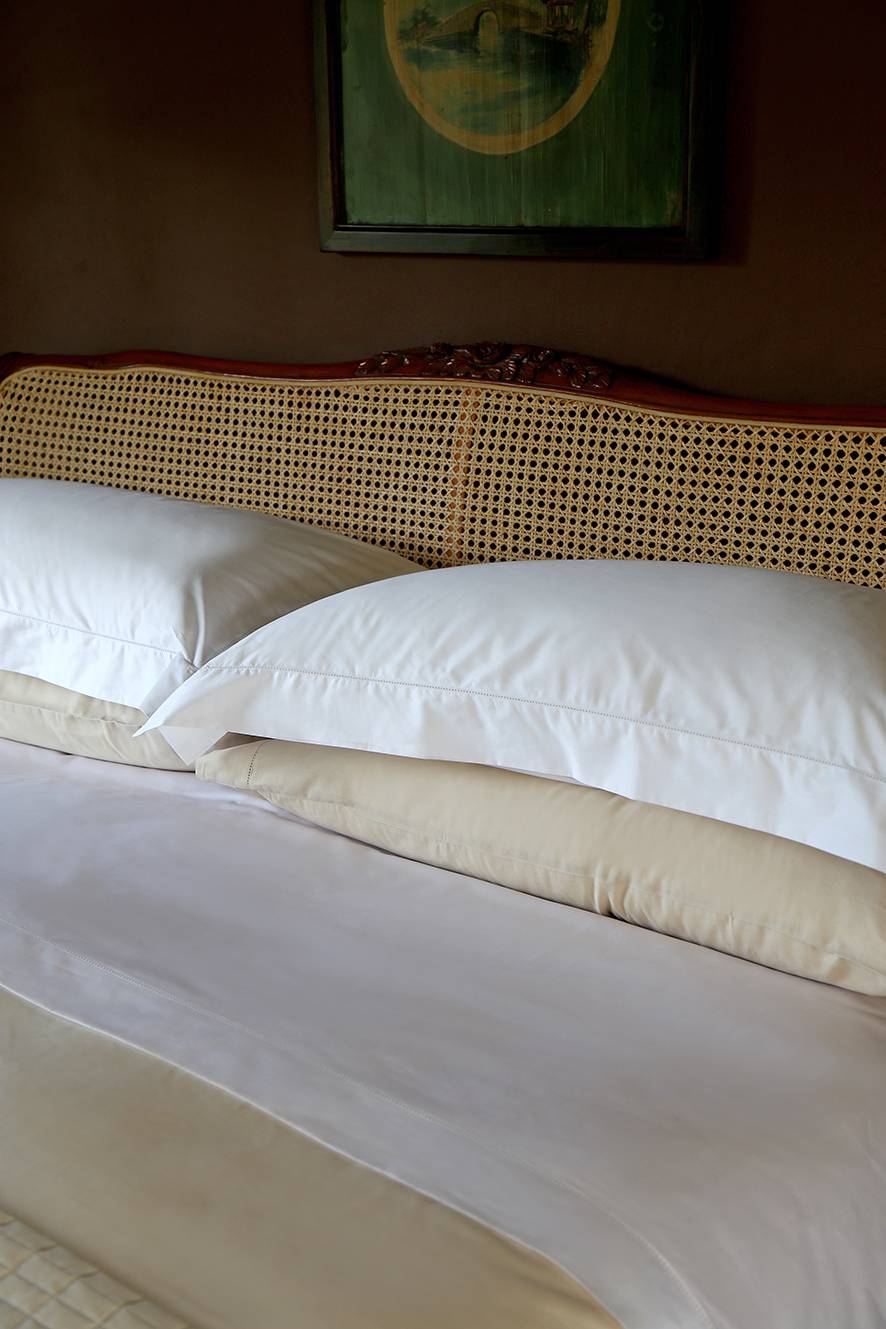
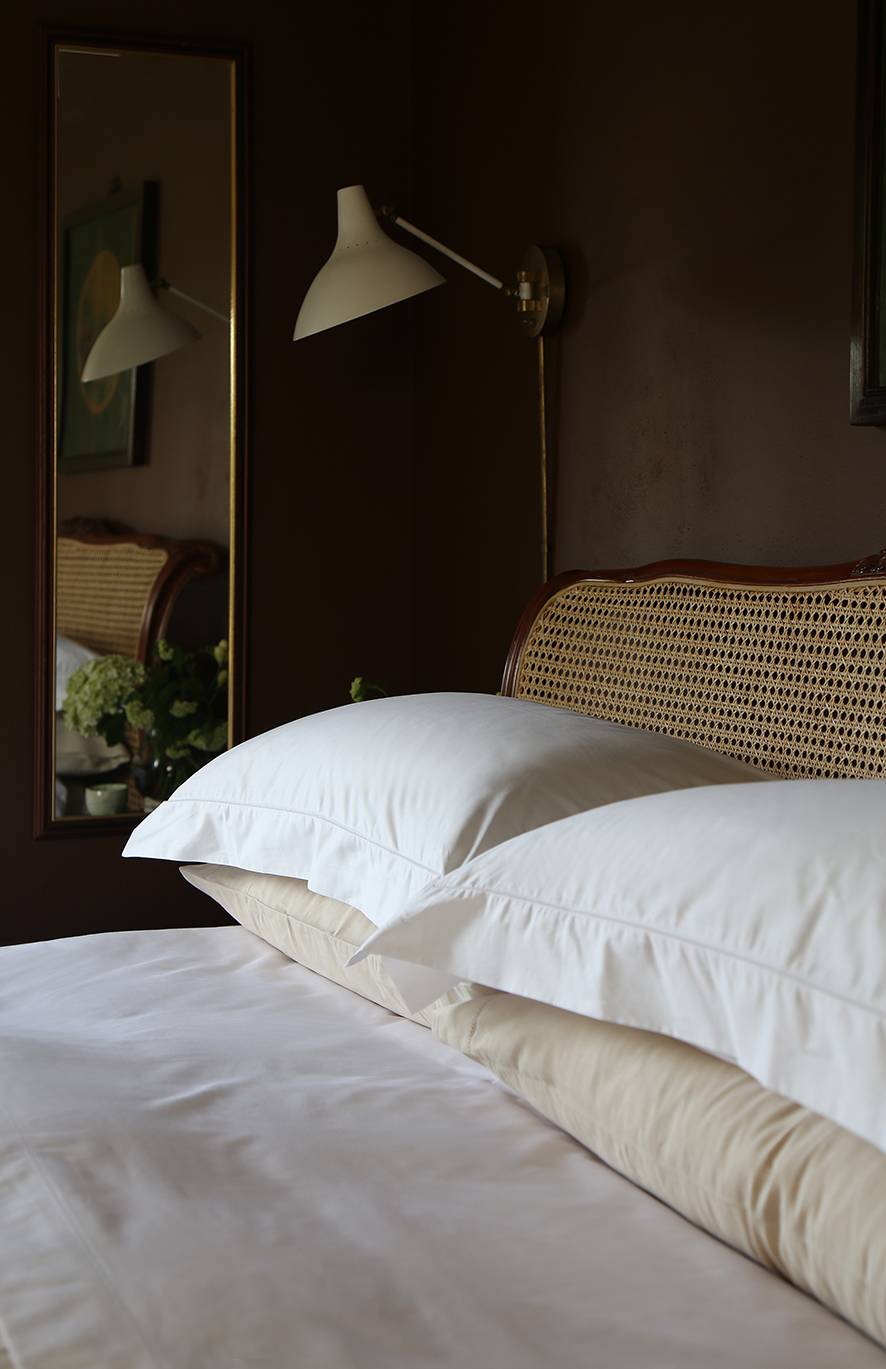
Reed Family Linen’s Contribution
As part of the evolving landscape, we actively participate in this trend towards versatility. Acknowledging that preferences regarding top sheets can be highly subjective, we offer three options by shopping for sheets sets which includes a flat sheet, or duvet sets which do not include a flat sheet, but we also offer flat sheets as a stand alone item. By providing various buying options, we empower consumers to make decisions aligned with their comfort and aesthetic preferences. We recognise that bedding is a personal choice, and our commitment to offering diverse options contributes to the ongoing dialogue about the role of top sheets in modern bedding ensembles.
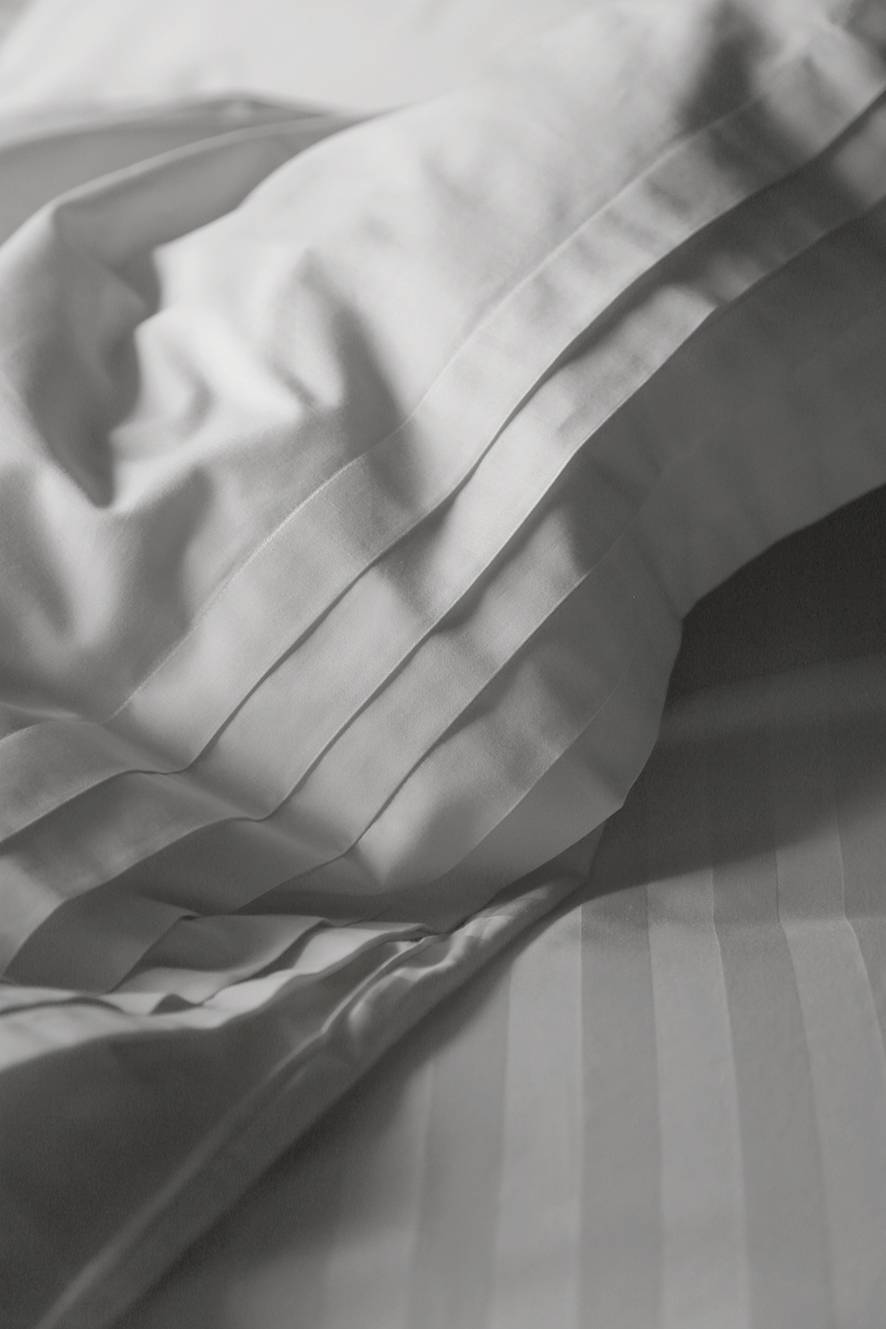
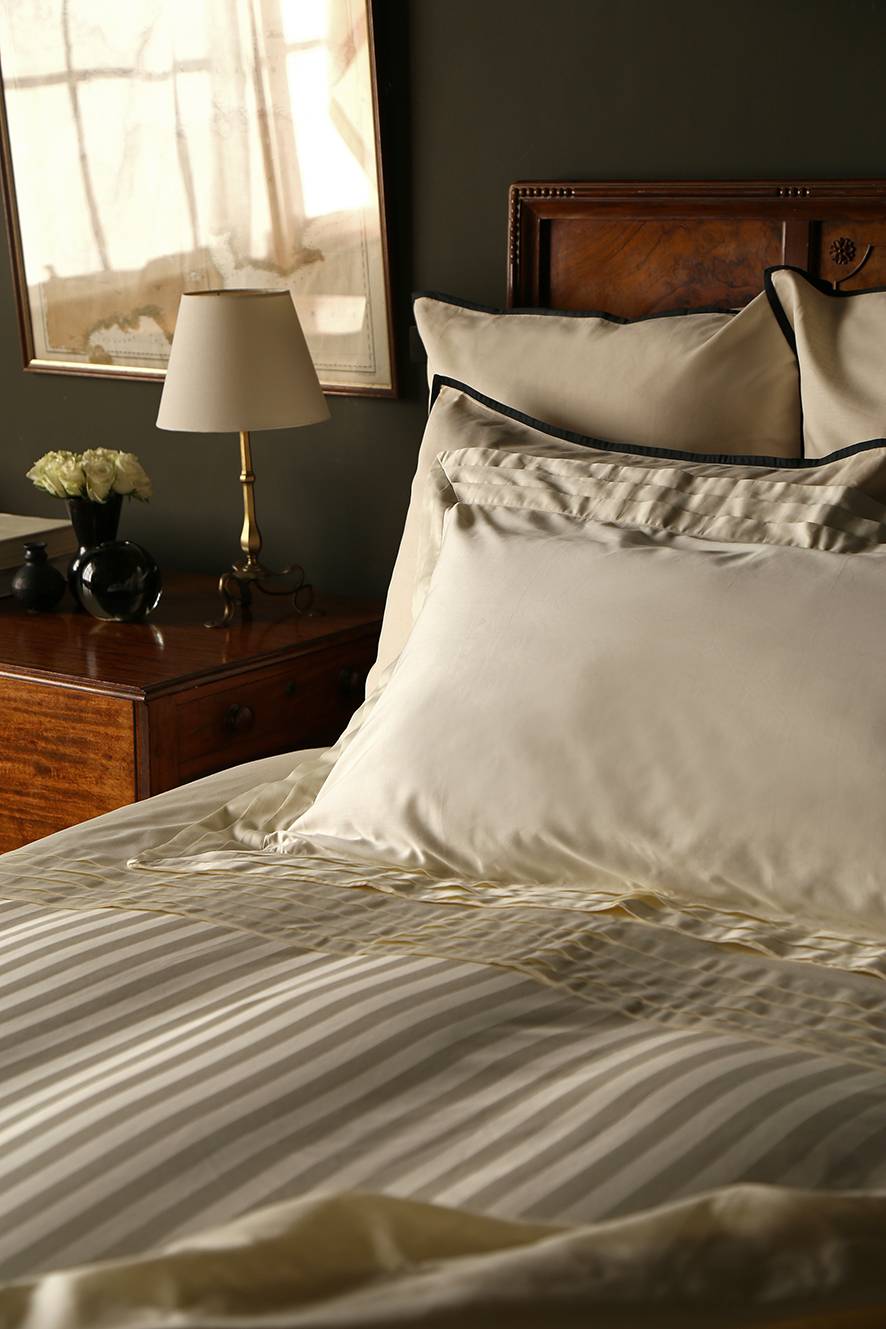
Emphasising Personalisation
As we conclude this exploration, it’s essential to underscore the personalised nature of the top sheet debate. There is no universal right or wrong; rather, it’s about aligning bedding choices with individual sleep habits and comfort preferences. Whether you find solace in the snug embrace of a top sheet or prefer the simplicity of a streamlined bed, the key lies in creating a sleep environment that suits you.
In an era where bedding options are becoming increasingly customisable, the conversation around top sheets reflects a broader shift towards tailoring sleep experiences to individual tastes. As you navigate the choices in your bedding ensemble, remember that the ultimate judge of comfort is you. Sweet dreams await in a bed that aligns seamlessly with your notion of cosiness and style.
Closing Statement
In the expansive world of bedding choices, the discourse surrounding top sheets has unveiled the diverse preferences and priorities that mold our individual sleep experiences. As we conclude this exploration, we extend an encouraging nod to our readers: embark on a journey of bedding discovery, experiment with different options, and curate a sleep sanctuary that resonates with your unique needs.
Sleep, being a deeply personal endeavor, requires a bit of exploration to find the perfect bedding arrangement. Whether you find comfort in the layered cosiness of a top sheet or prefer the simplicity of a no-fuss bed, the key lies in discovering what makes you feel most comfortable and relaxed.
In this spirit of exploration, Reed Family Linen stands as a beacon of commitment to providing versatile and customisable bedding solutions. Our ethos revolves around empowering you to tailor your bedding to suit your preferences, ensuring that your sleep space reflects your individual style and comfort requirements.
As you navigate the realm of bedding choices, remember that the pursuit of the perfect sleep environment is a journey, not a destination. Sweet dreams await in a bed adorned with linens that bring you joy and relaxation. Whether you’re a devoted top sheet enthusiast or someone embracing a minimalist approach, here’s to finding the bedding that makes each night a dreamy escape into a restful slumber. Happy sleeping.
Top 10 FAQ’s Surrounding Top Sheets
The need for a top sheet varies based on personal preference. Some appreciate the extra layer for hygiene and added comfort, while others find it cumbersome.
According to a Sleep Junkie survey, approximately 61% of people use a top sheet.
Pros include added warmth, protection for expensive bedding, and enhanced design appeal. Cons involve inconvenience during bed-making, tangling, and potential disruption.
Arguments against top sheets often revolve around inconvenience, tangling, and the belief that washing a duvet cover is as easy as washing a flat sheet.
Experts emphasise the subjective nature of sleep comfort and the demand for customisable bedding options to cater to individual preferences.
Reed Family Linen stands as a proponent of versatile and customisable bedding solutions, empowering individuals to tailor their bedding to suit their unique preferences.
Yes, the top sheet can act as an extra insulating layer, but alternatives include using a thicker duvet or comforter during colder months.
Top sheets can protect the comforter or duvet from sweat, skin cells, and bacteria, providing a hygienic barrier and reducing the frequency of washing more cumbersome bedding.
Traditionally, European-style bedding only required a duvet and a fitted bottom sheet. American-style bedding introduced the use of a top sheet between the fitted sheet and the sleeper.
A top sheet can enhance the visual appeal of a bed, adding a layer between the fitted sheet and the duvet, creating a more put-together look.
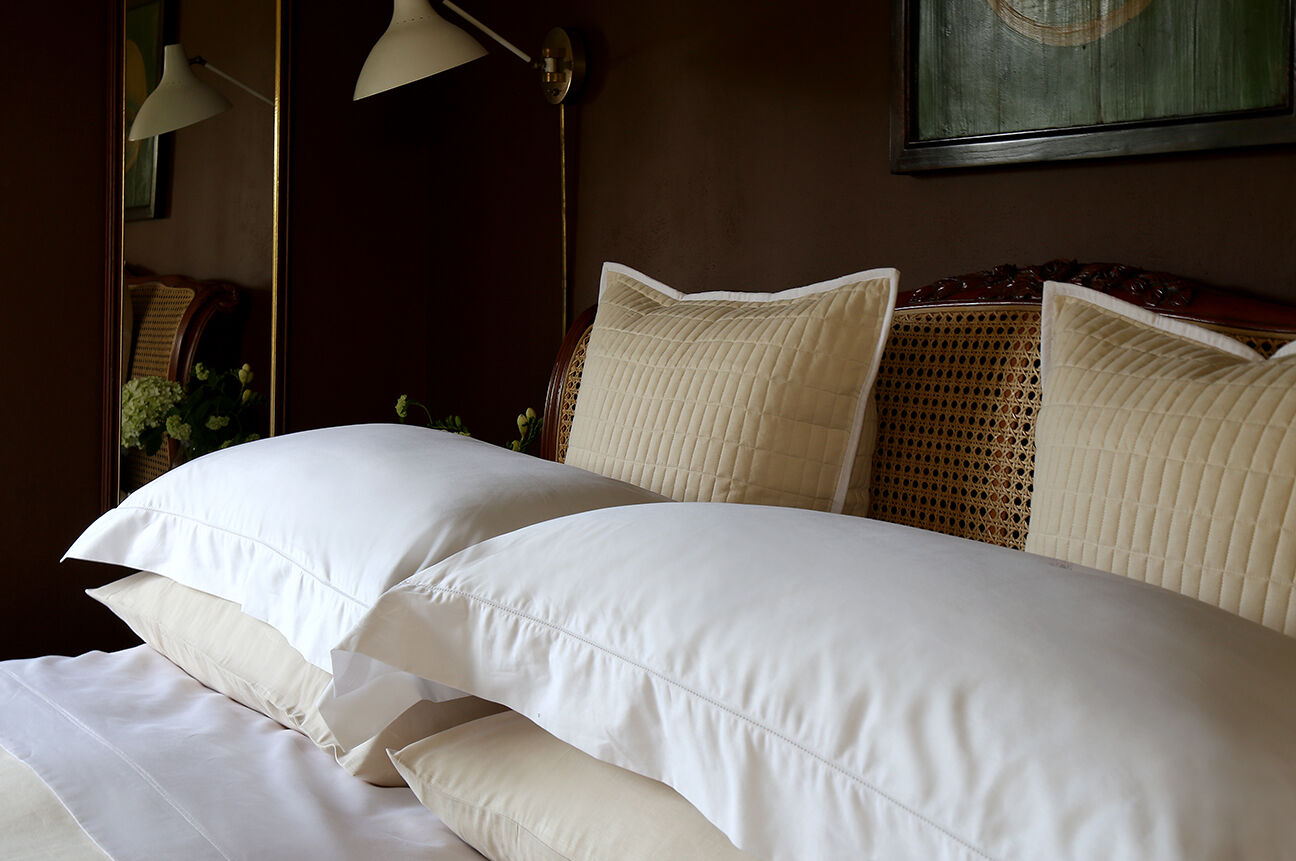
Monthly Inspiration
Join our family to be the first to receive our latest stories and inspiration.











